
December 2017
Virtual reality will not only be a vision-based medium, but one that will immerse our other senses in equal measure. Since normally sighted humans primarily use visual stimuli to represent the world, people apply the same visual bias to the development and description of VR, but what began as handheld controller with haptic feedback will soon enclothe the user as completely as a scuba diver is enclothed by their suit. This could take the form described in multiple works of sci-fi, such as Ready Player One or The Lawnmower Man where the room adjusts to the user while feedback gadgets encompass their head, limbs, digits and trunk. An alternative (and ultimately, the most likely) may be trans-cranial headsets, in which brain regions are stimulated to create the sensation of movement and selective pressure. Though non-invasive means may be preferred, there is the option of internal mechanization, also known as the Tetsuo method, but that veers heavily towards the nightmarish — forget I mentioned that one.
The Hands:
A cortical homunculus is a representation of the human body that is proportioned according to how much of the brain is devoted to their operation. You’ll notice that the mouth takes up a great deal of space, which also makes sense intuitively since it’s the region that carries out exceedingly complex speech actions. Likewise, the hands are grossly over-sized since they are highly sensitive, are used to carry out fine motor tasks, and they are even used in communication for non-hearing persons. So, beyond the fact that they are needed to carry out manual tasks in VR, they’re the prime (and typically only) locale for tactile stimulation used to reinforce the environment portrayed in a VR headset.
The haptic devices in hand at the moment include stick controllers and gloves. Sometimes using a stick controller, such as Vive’s, sufficiently adds realism to an experience. For example, I recently tried Minigolf VR, a game in which the stick controller shook convincingly when your putter came into contact with the golf ball. Though technically very basic, it was certainly the stimulation appropriate to the experience. One of the more presence-affirming applications of this vibratory feedback I’ve experienced in VR was in The Shoebox Diorama, which had me brush aside a curtain to look out the window. The pulsing of the stick controller mirrored the stimulation of really pushing aside the fabric. The effect was subtle, but impressions of reality are built on such subtleties.
There are, however, VR experiences like The Climb, a rock climbing simulator, that benefit greatly by fitting the user with a glove. Having experienced The Climb with both a regular handheld controller and an Oculus Touch, I can confirm that there’s no comparison; the audio and visual are a window to the experience, but the haptic gloves make the experience.
The Foot:
A less obvious choice for a VR accessory is the foot, but it is coming all the same. Japanese firm Cerevo is working to bring us Taclim footwear that will help us more literally step into a virtual environment and it should arrive in the latter half of this year. At their CES 2017 presentation, they mentioned recreating the sensation of walking on the moon or stomping through puddles. My own ideas include feeling bone shatter as you crush an enemy skull beneath your feet, a carpentry simulator in which you step on a nail, or a tickle simulator. And to speak frankly, as adults, some people are really into foot stuff, so this could be a device for them.
The Torso:
Haptic accessories for the body’s core are also being released but, unlike hardware for physical extremities, vests and suits have applications beyond that of just VR. While it might be satisfying to have a dinosaur lick your chest or feel yourself being shot in the abdomen, these body haptics can be used in conjunction with everyday, mundane entertainment mediums like films and music. With such a device, users can feel the approaching foot stomps of a Godzilla course through their bones, muscle, and veins. Or feel their favorite EDM track shake their physical core at 200 BPM. One such device was the Woojer Vest, which gave developers access to a multitude of sounds with which to enhance their respective experiences.
The Mouth:
While the focus of this article has been haptic technologies, it’d be unfair of me not to mention the development teams working on taste in VR. The Food Simulator is coming out of the University of Tsukuba in Japan and it’s working to recreate the eating experience not just through reproducing a taste, but also simulating the force necessary to chew the food. Meaning, the amount of pressure needed to munch through a tender peach will be much less than what’s needed for an overcooked Christmas turkey. Since sticking VR accessories in your mouth is somewhat invasive, the commercial application would likely be for food-based games, perhaps ones where the player is the chef of a virtual kitchen. That said, what VR experiences have you had but most want to taste so far? For me, I want to taste the Job Simulator burrito that gets you to the main menu.
The Skeleton:
This is the total package; and no, it’s not a repeat reference to Tetsuo: The Iron Man. It is instead about the HaptX Skeleton developed by AxonVR and it can more specifically be described as an exoskeleton. Throughout one’s whole body, the device promises to provide intricate tactile information, give force feedback (meaning users feel the impact when they strike something or something strikes against them), and allow the user to seamlessly walk through the terrain without violating the borders of their room-scale setup. And this is where the earlier examples from fiction (see The Lawnmower Man and Ready Player One) bear a strong resemblance to reality.

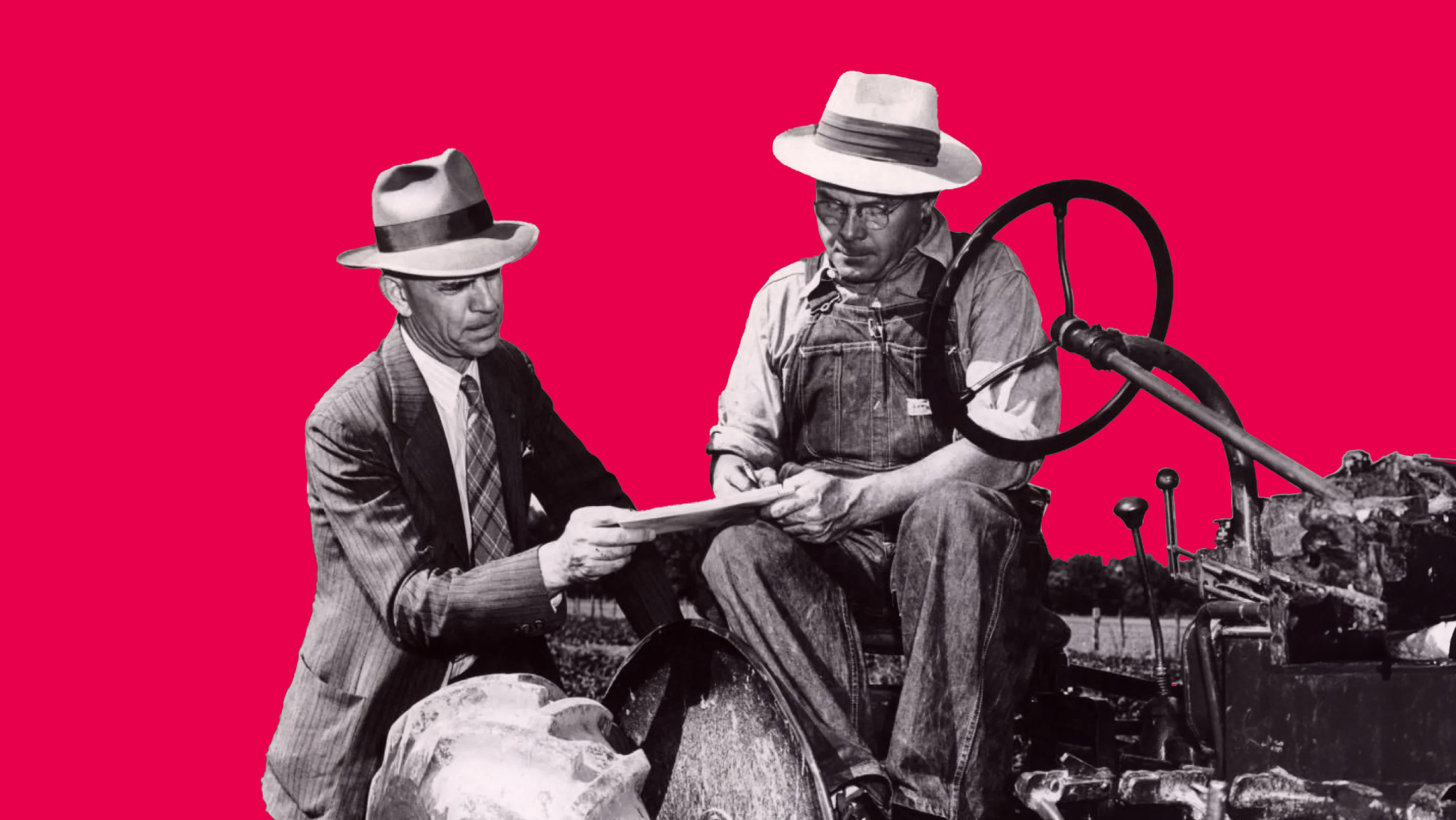 Cultivating Minds: How Havrå Farm Game will Grow Sustainable Leaders
Cultivating Minds: How Havrå Farm Game will Grow Sustainable Leaders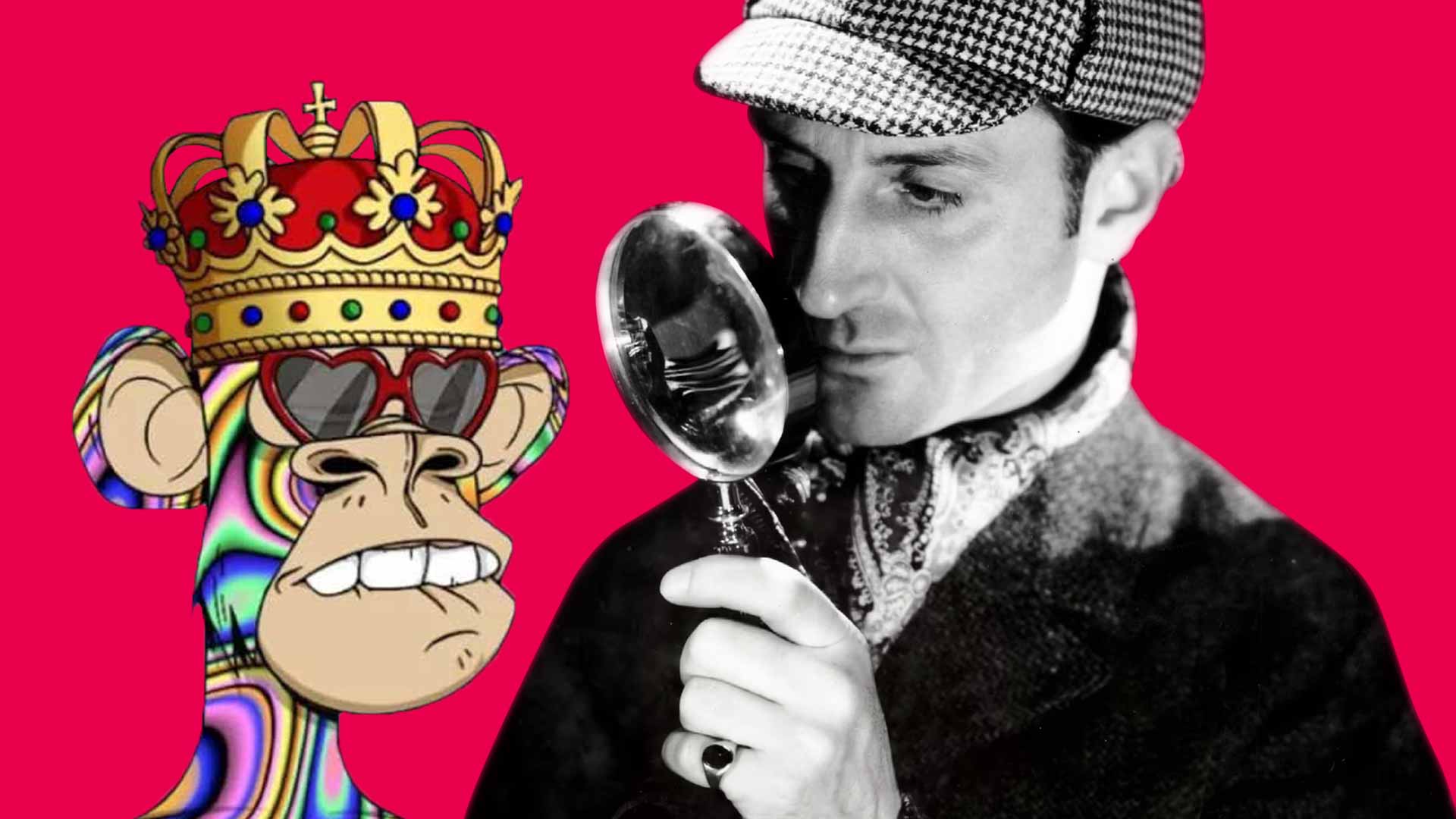 How cultural heritage is leveraging blockchain and NFTs to reconnect to their audience
How cultural heritage is leveraging blockchain and NFTs to reconnect to their audience It’s hot tub time
It’s hot tub time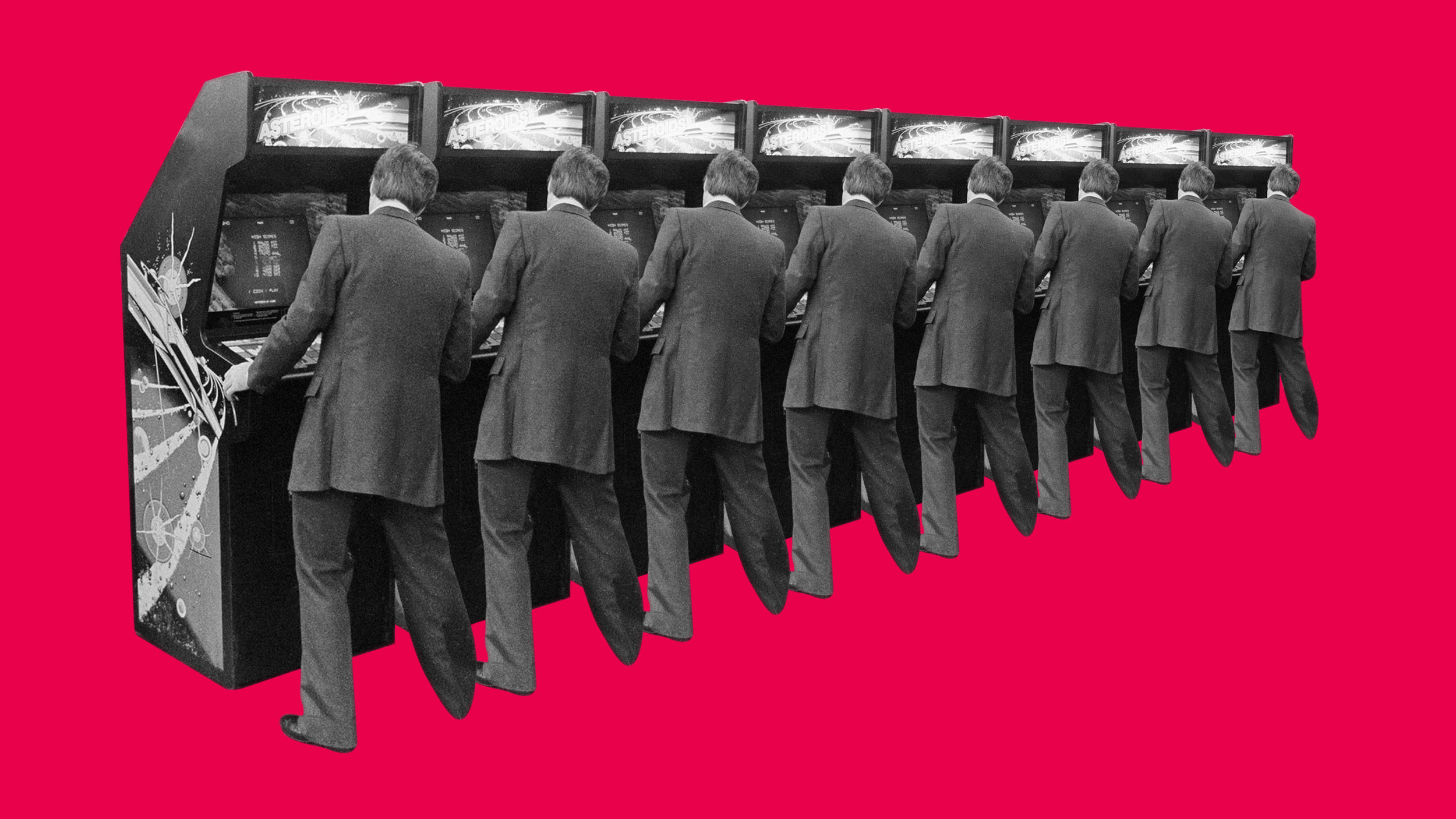 The renaissance of the classic arcade
The renaissance of the classic arcade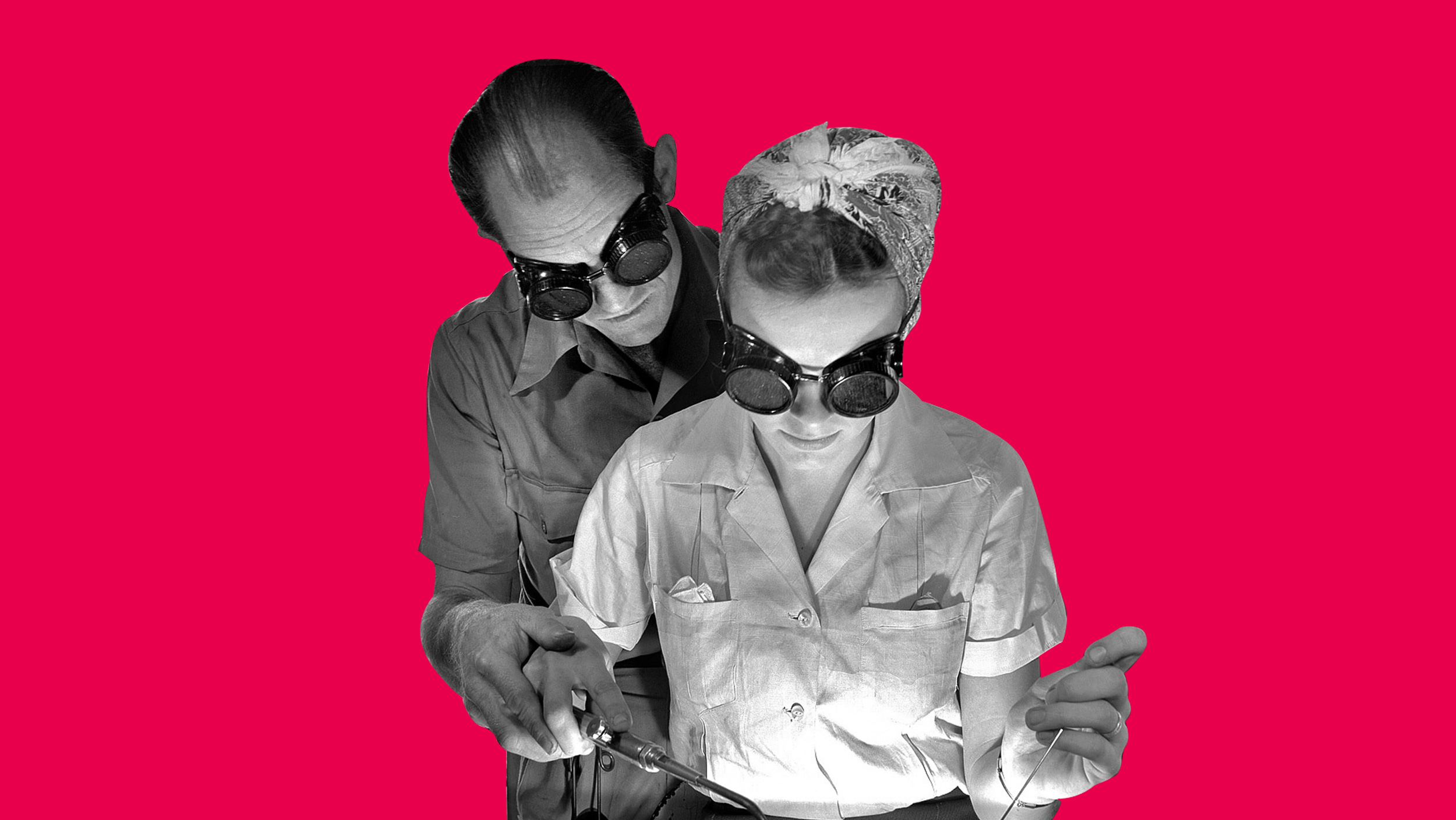 A model for understanding the virtual reality experience
A model for understanding the virtual reality experience How VR / AR are an effective b2b sales solution
How VR / AR are an effective b2b sales solution VR – Machine driven human to human interaction
VR – Machine driven human to human interaction Untangling the wires – how 2019 will see virtual reality cut the umbilical-cord
Untangling the wires – how 2019 will see virtual reality cut the umbilical-cord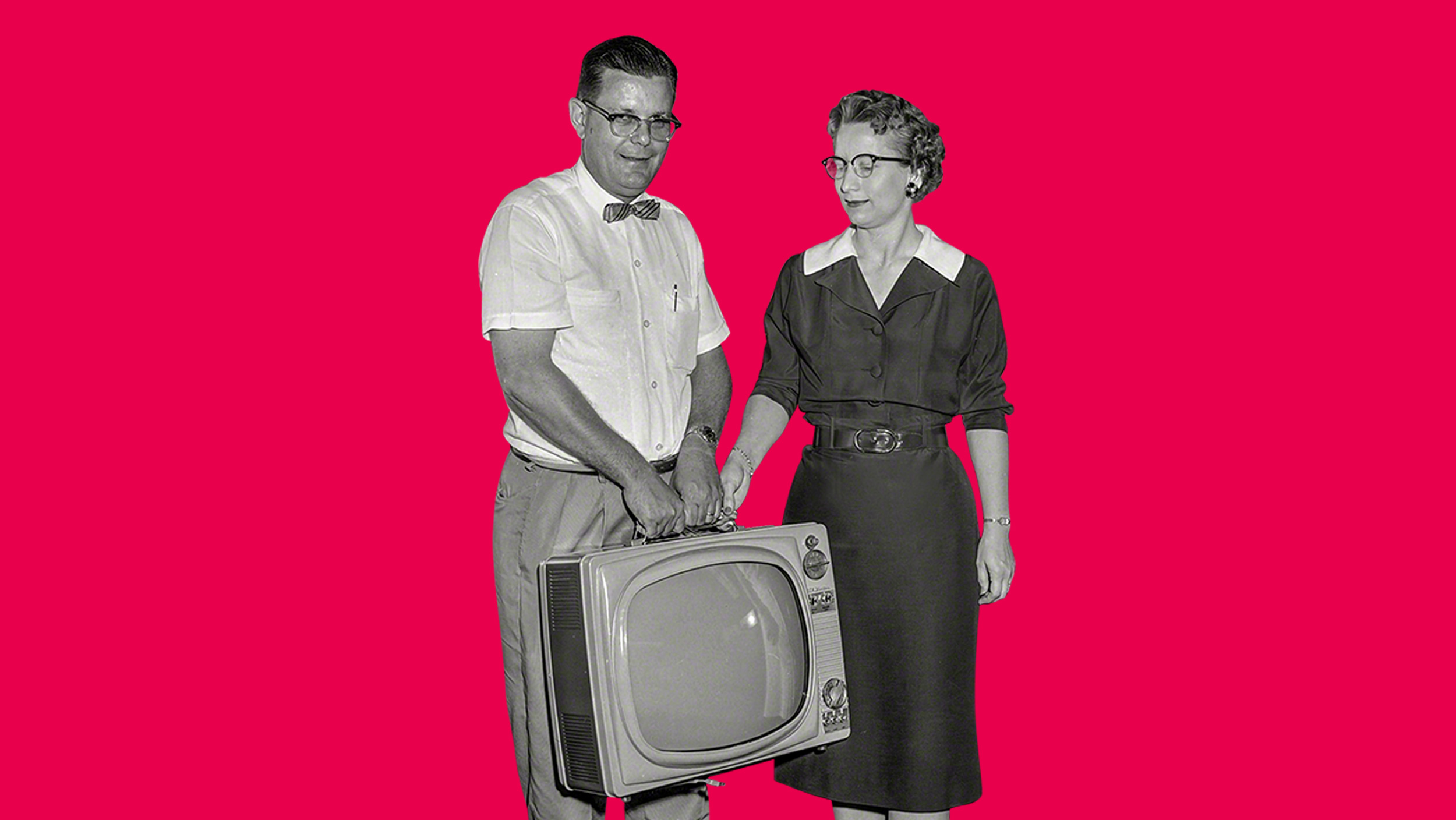 Our long road to getting virtual reality on the road
Our long road to getting virtual reality on the road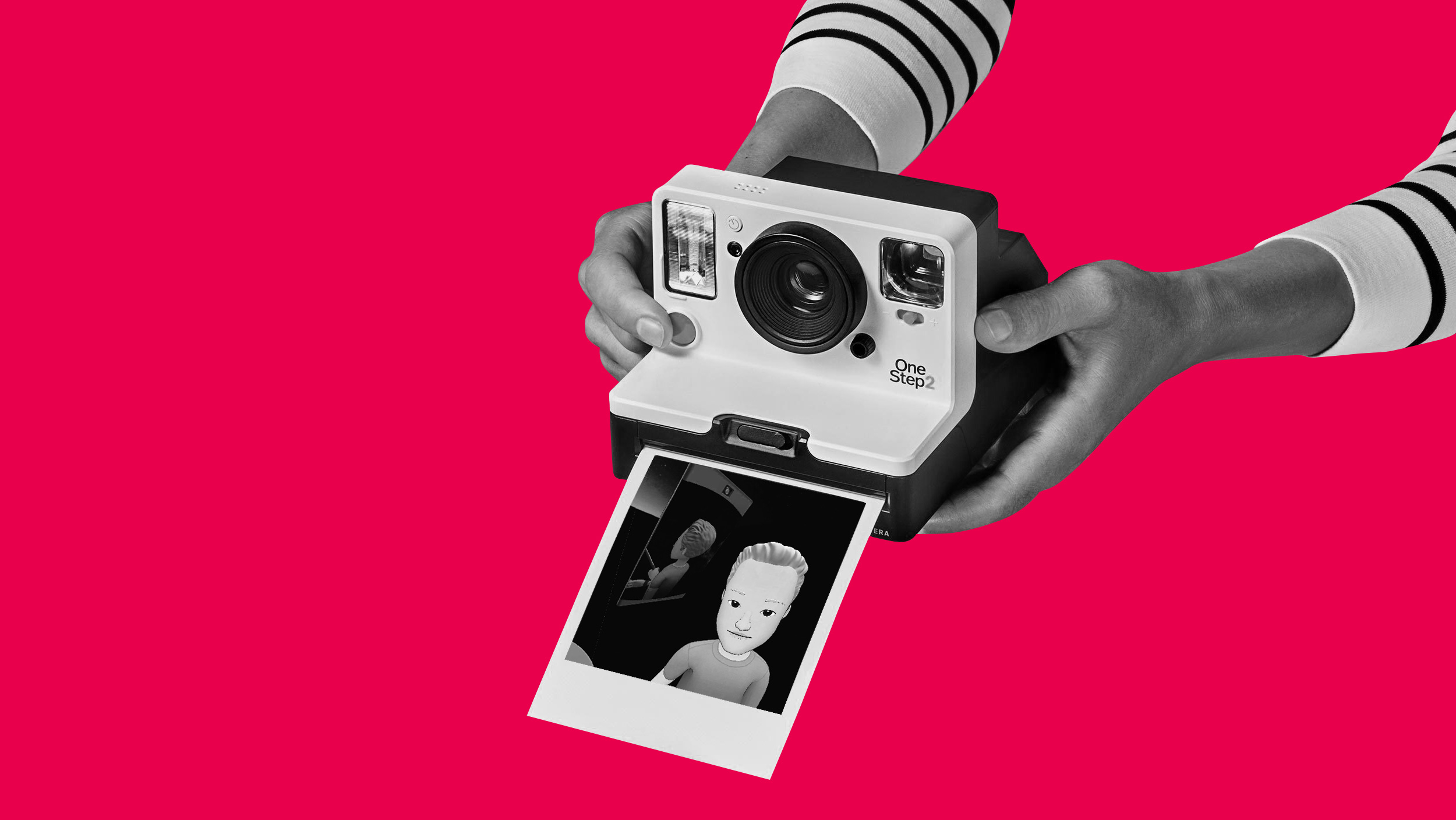 The information age is dead welcome to the experimental age
The information age is dead welcome to the experimental age Deciphering the hololens
Deciphering the hololens Make it sound right or break immersion
Make it sound right or break immersion Branding your reality
Branding your reality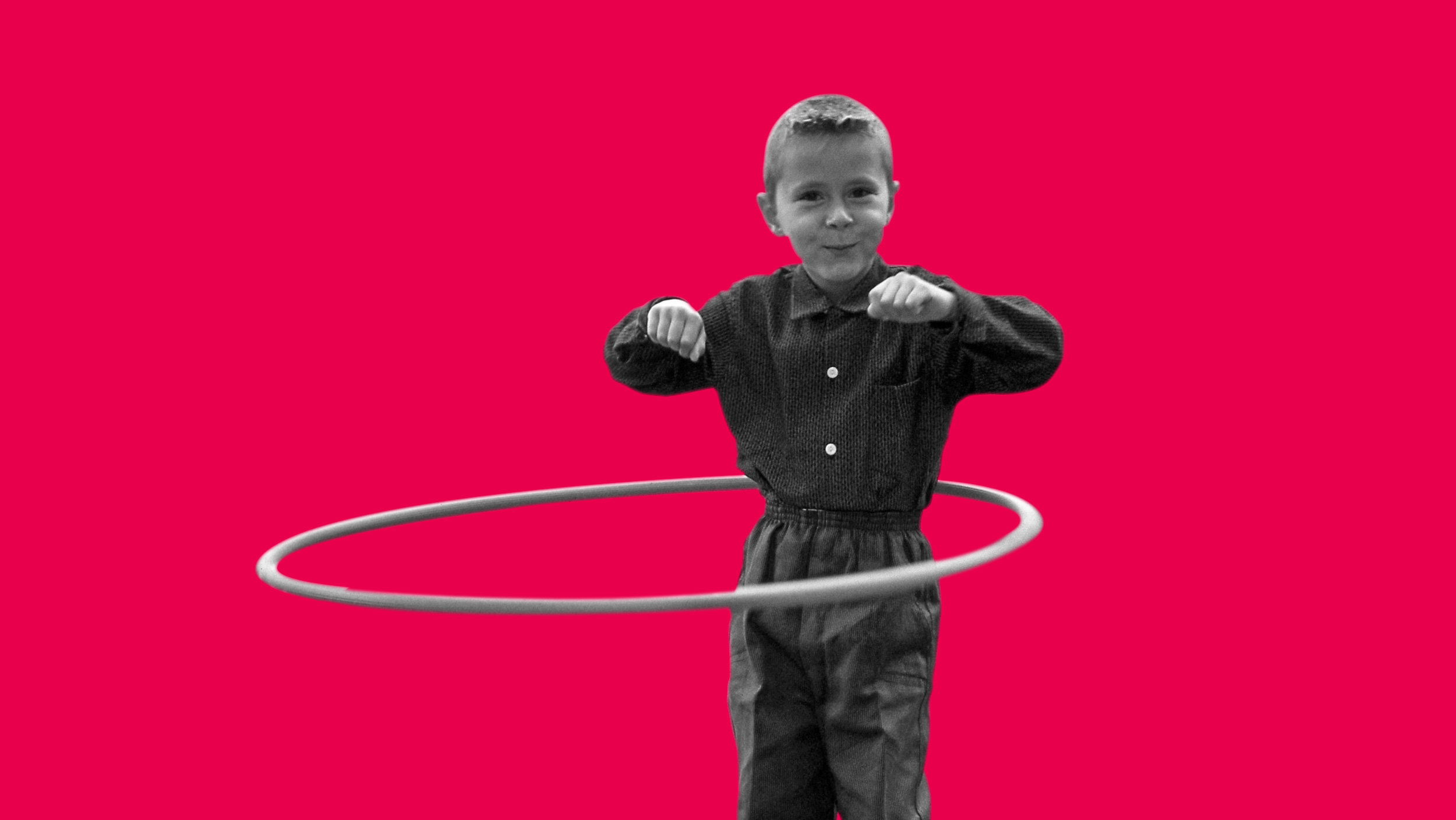 A deep dive into immersion
A deep dive into immersion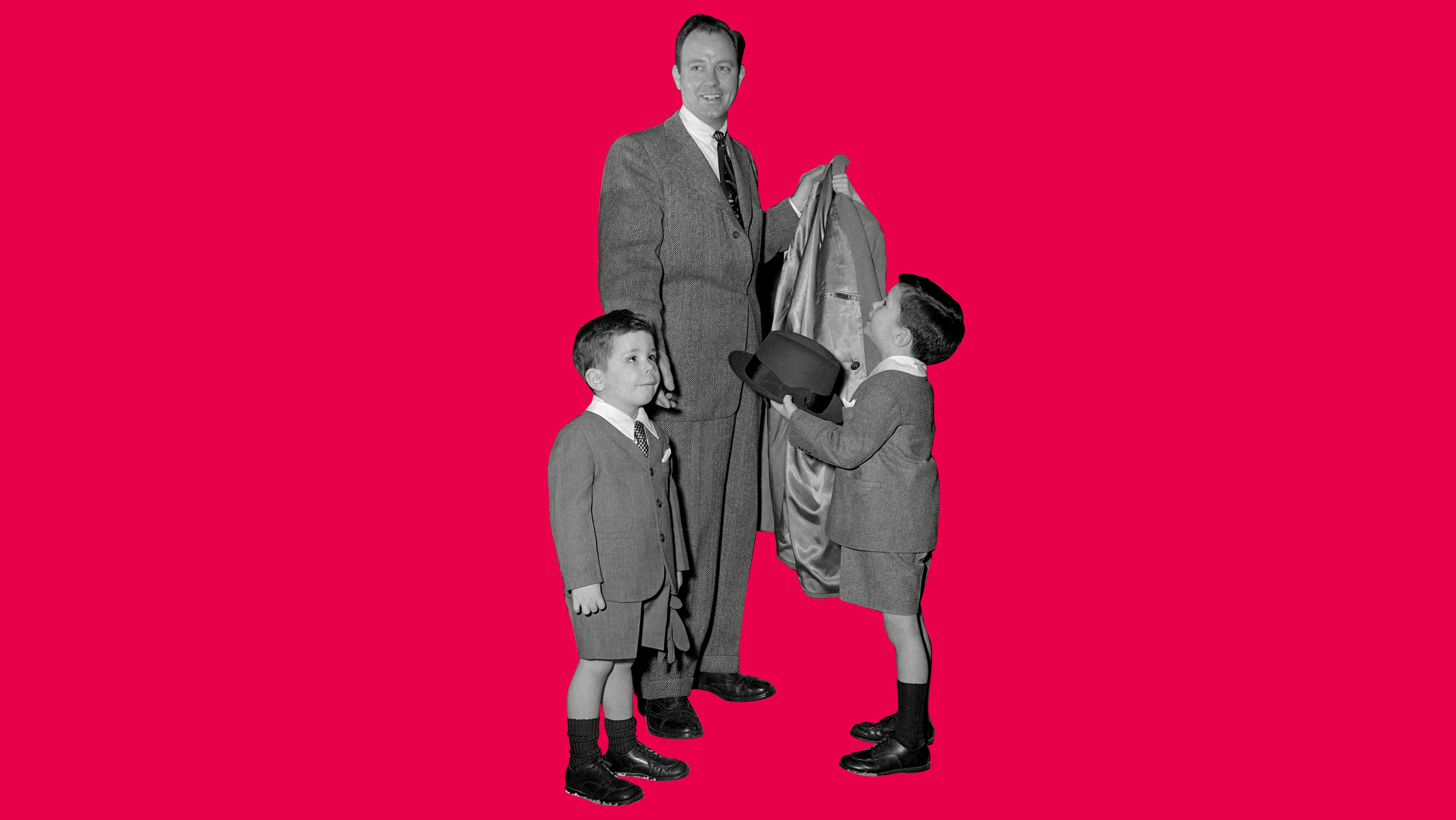 Why the suit & ties don’t get VR
Why the suit & ties don’t get VR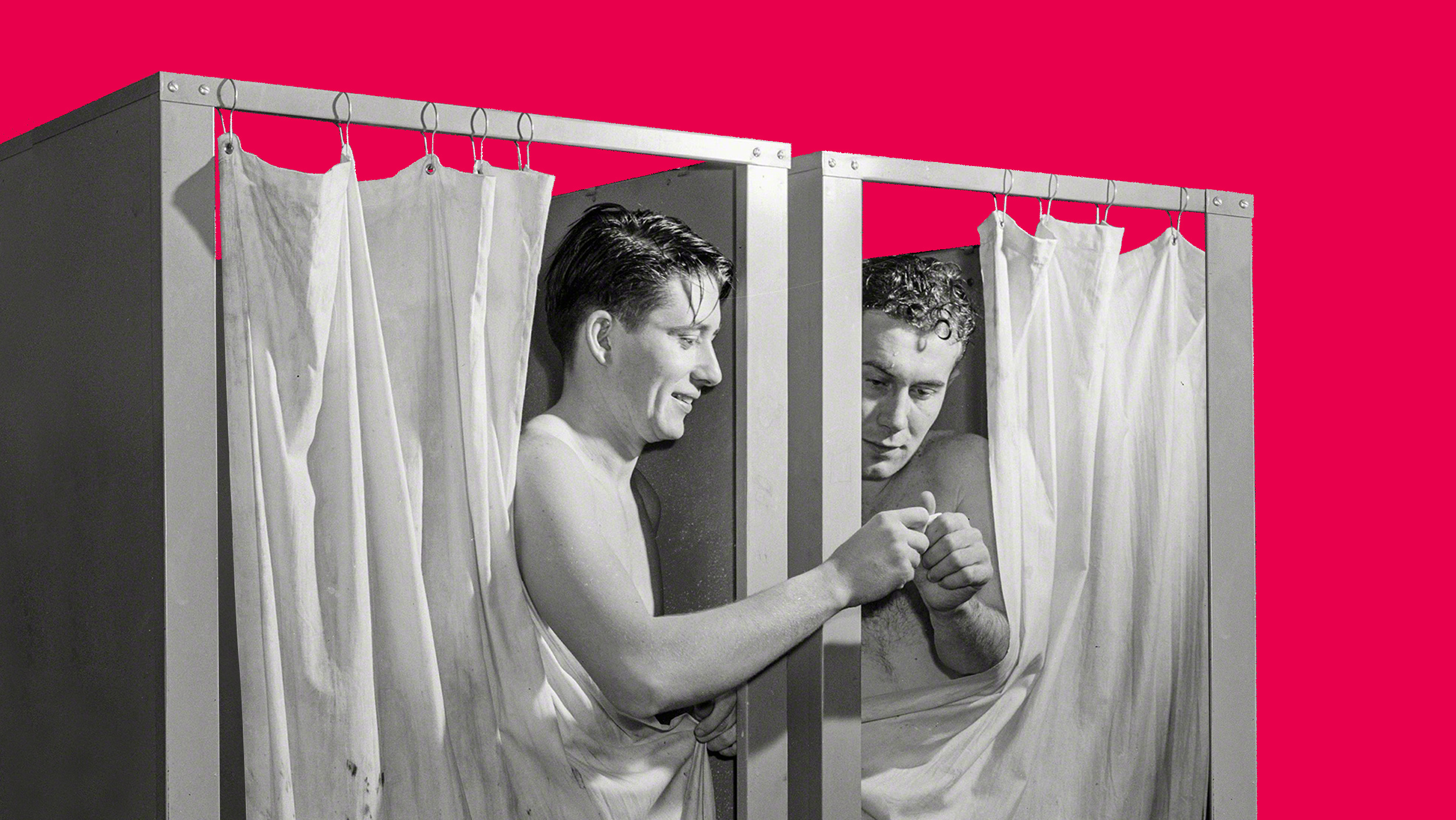 The hidden marketing value of virtual reality
The hidden marketing value of virtual reality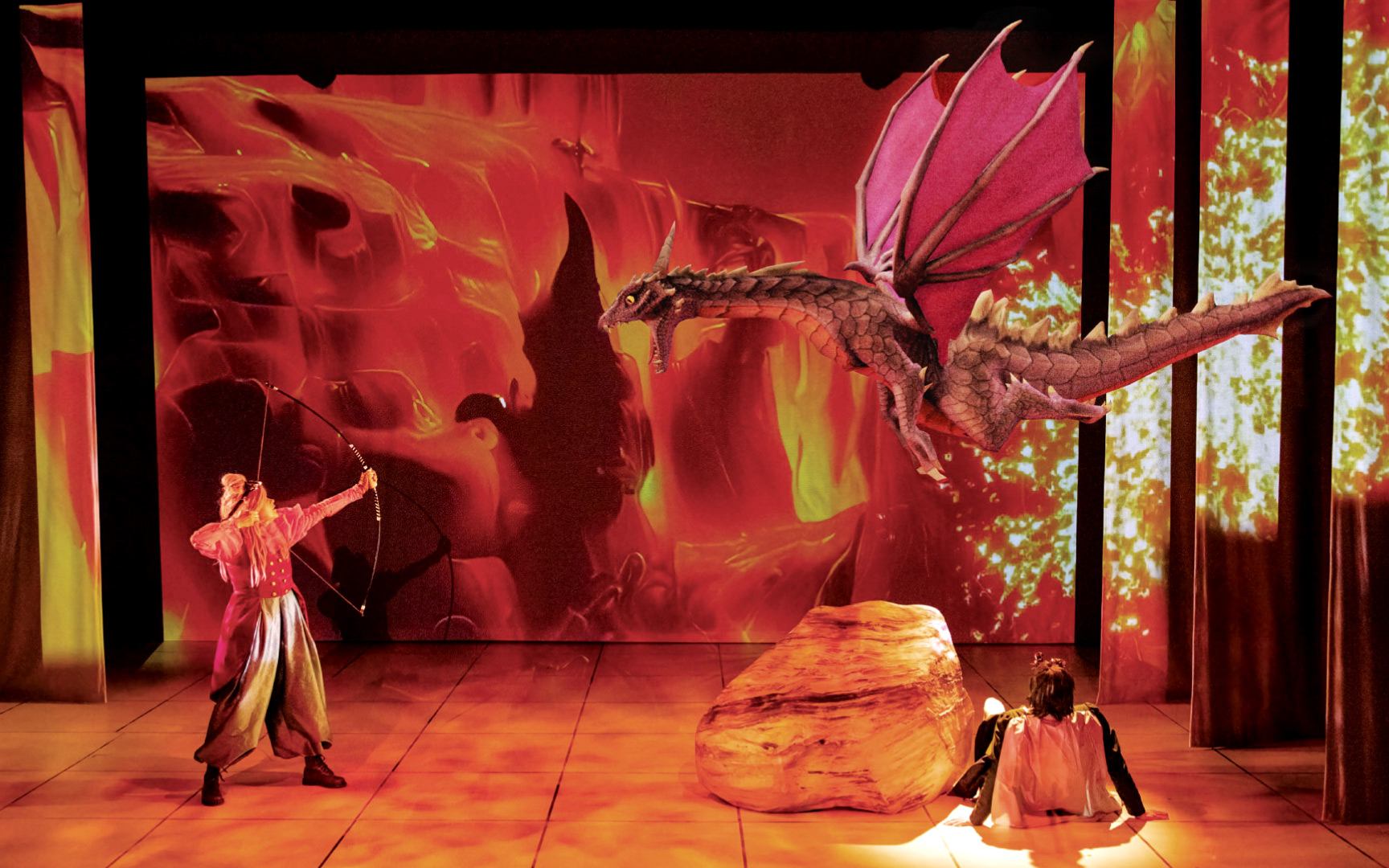 Theatre reimagined with AR
Theatre reimagined with AR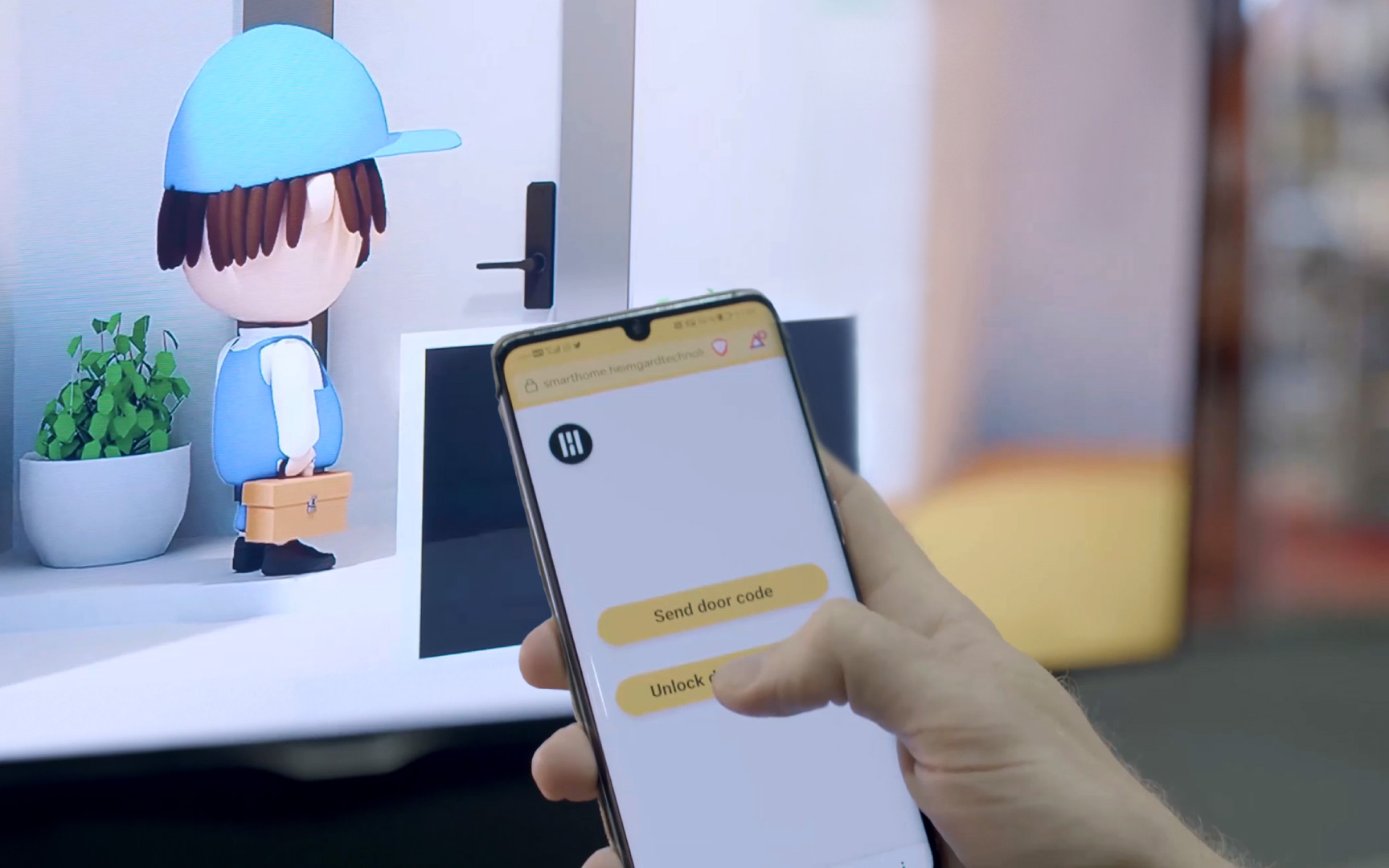 Let your audience control their experience
Let your audience control their experience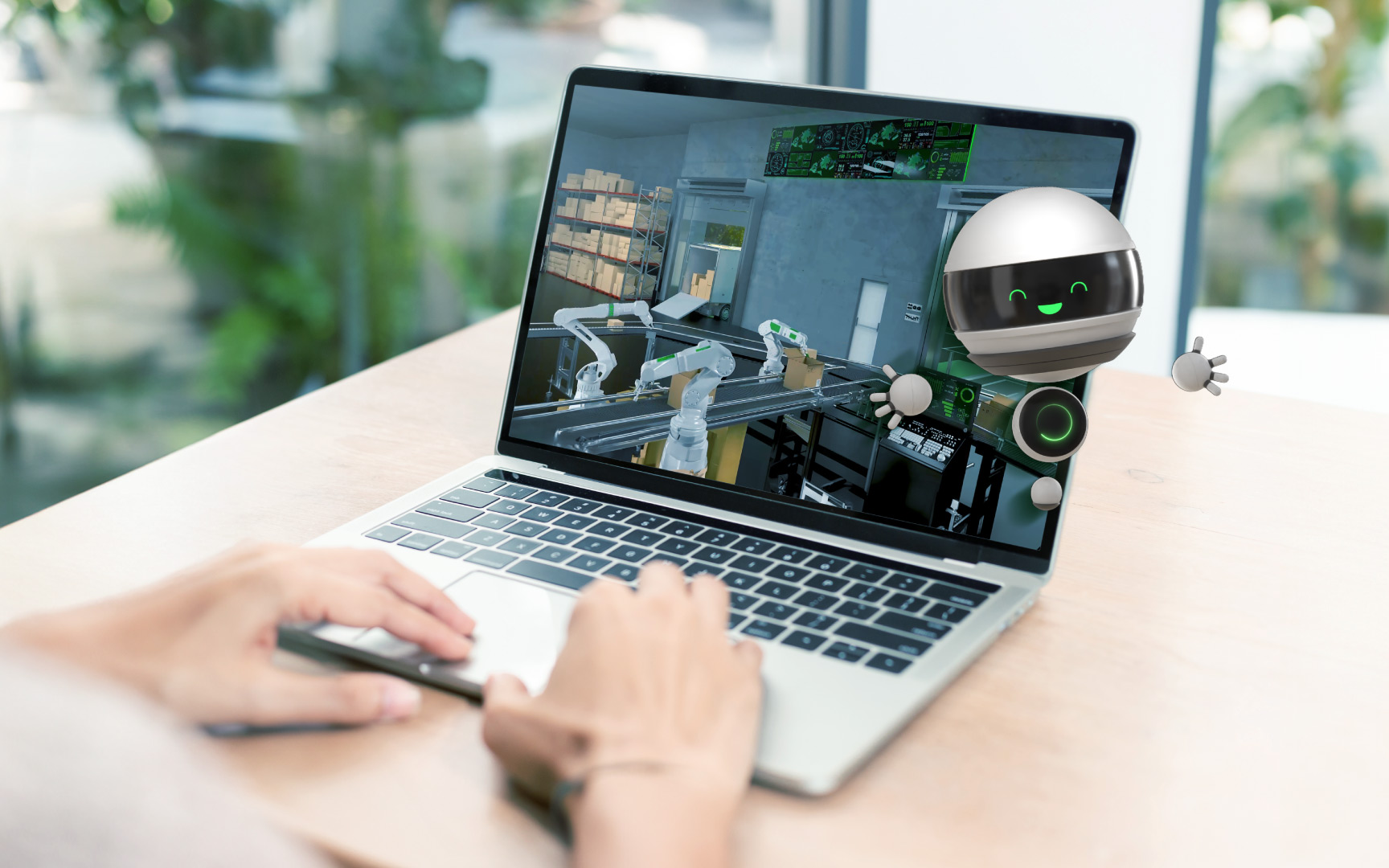 Immersive web to CRM integration for lead gen
Immersive web to CRM integration for lead gen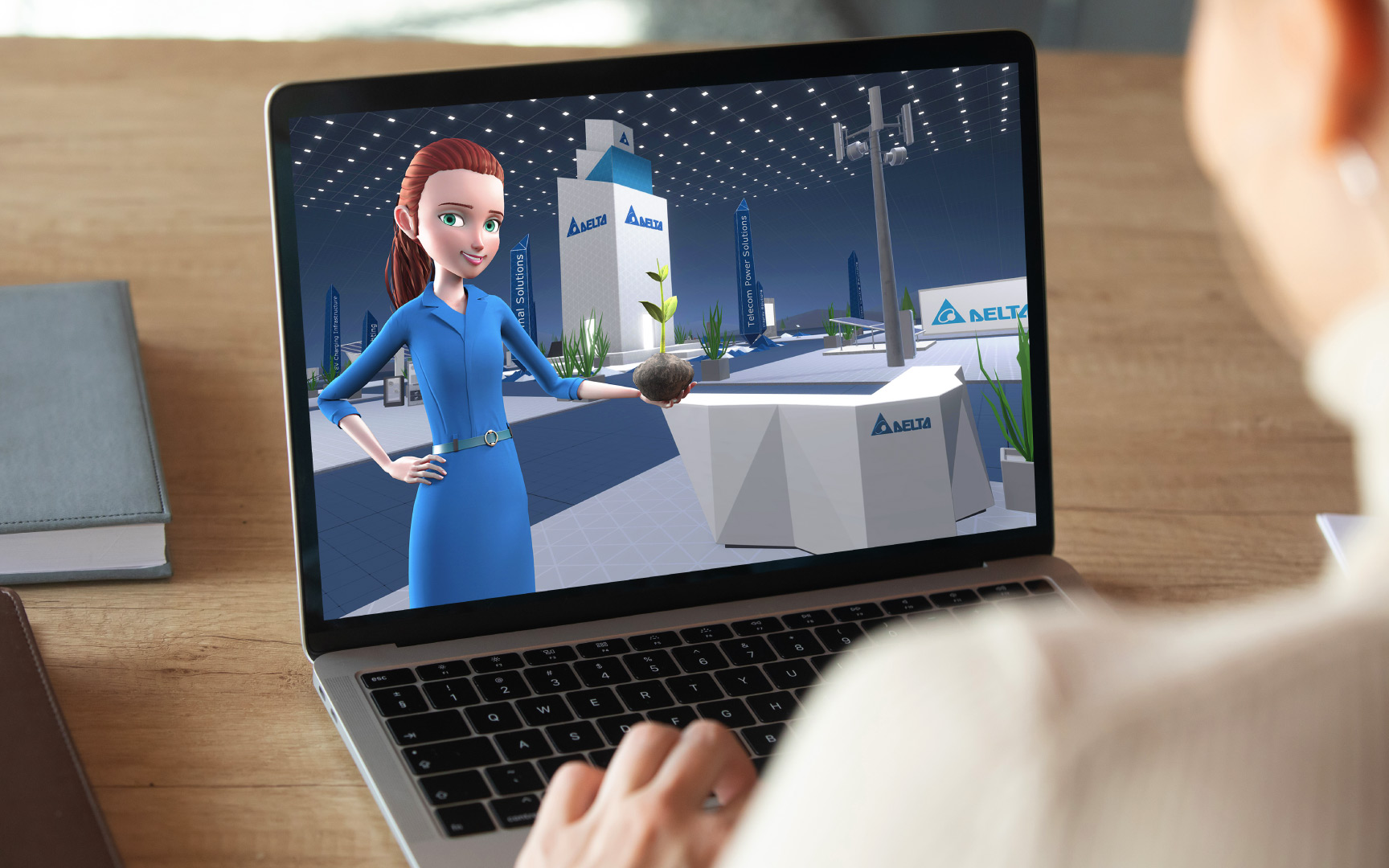 Digital interactive exhibitions during the pandemic
Digital interactive exhibitions during the pandemic Creating a virtual museum with photogrammetry
Creating a virtual museum with photogrammetry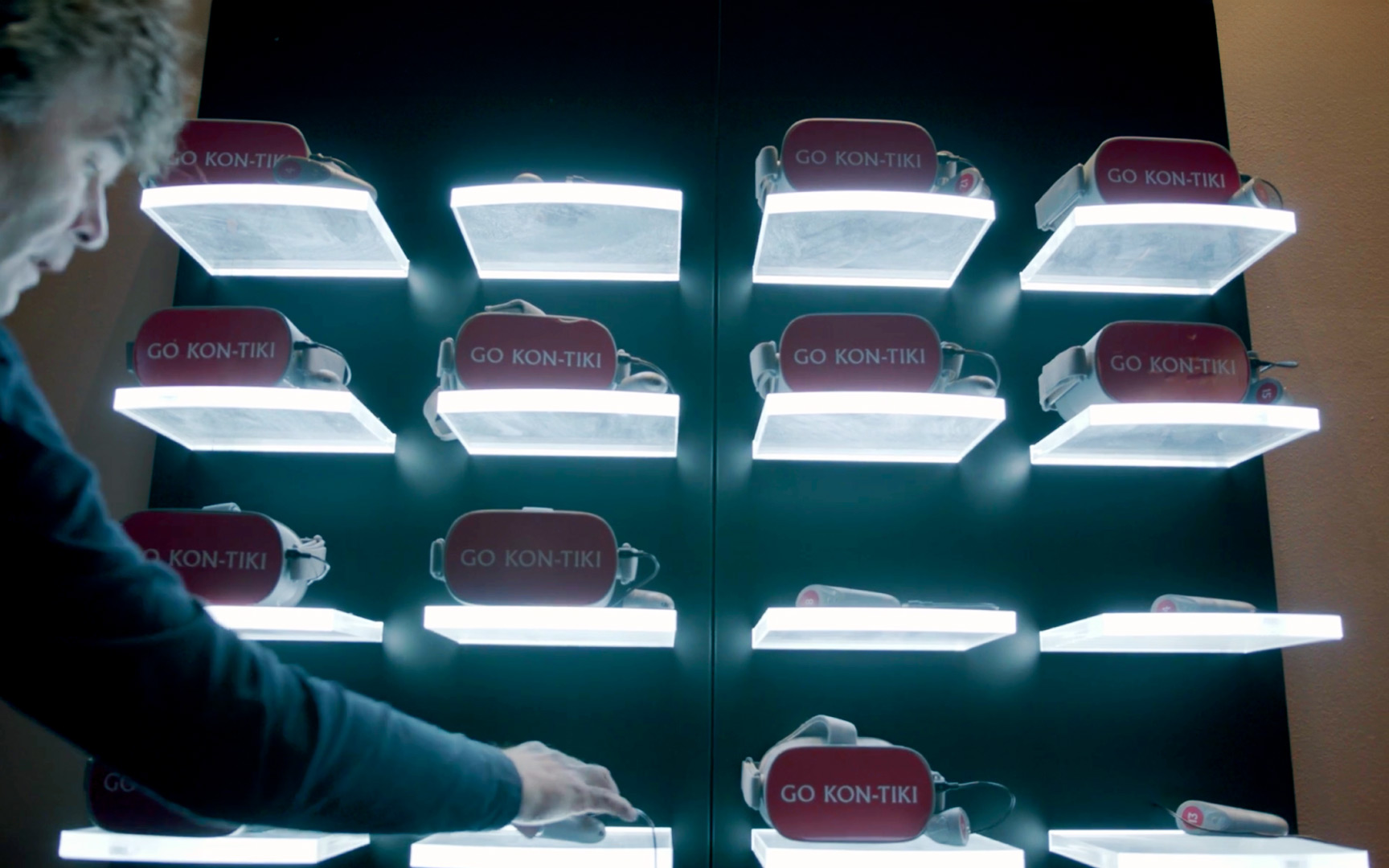 Sailing across the pacific in VR
Sailing across the pacific in VR Audience engagement through immersive web
Audience engagement through immersive web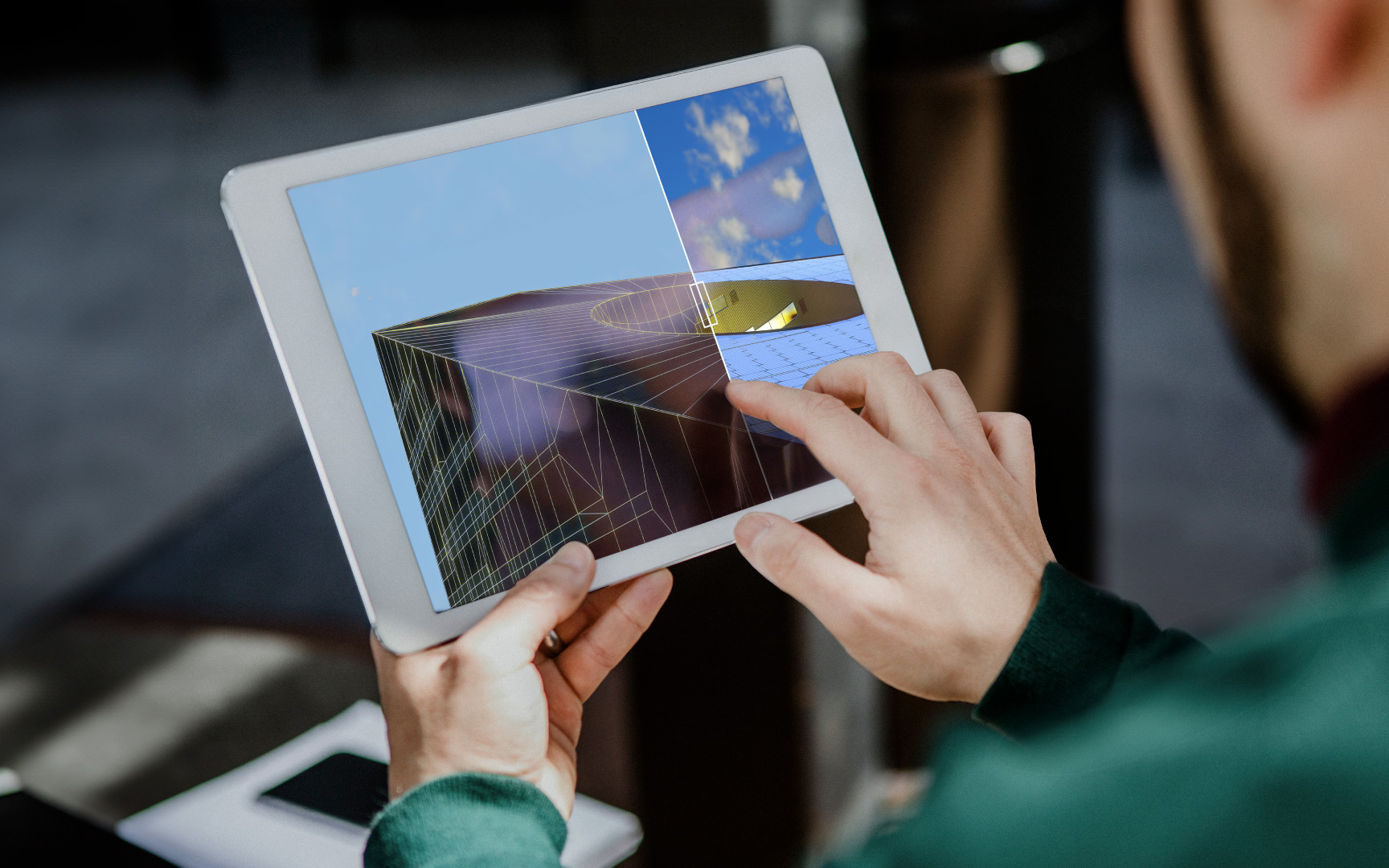 Share your architectural vision in AR
Share your architectural vision in AR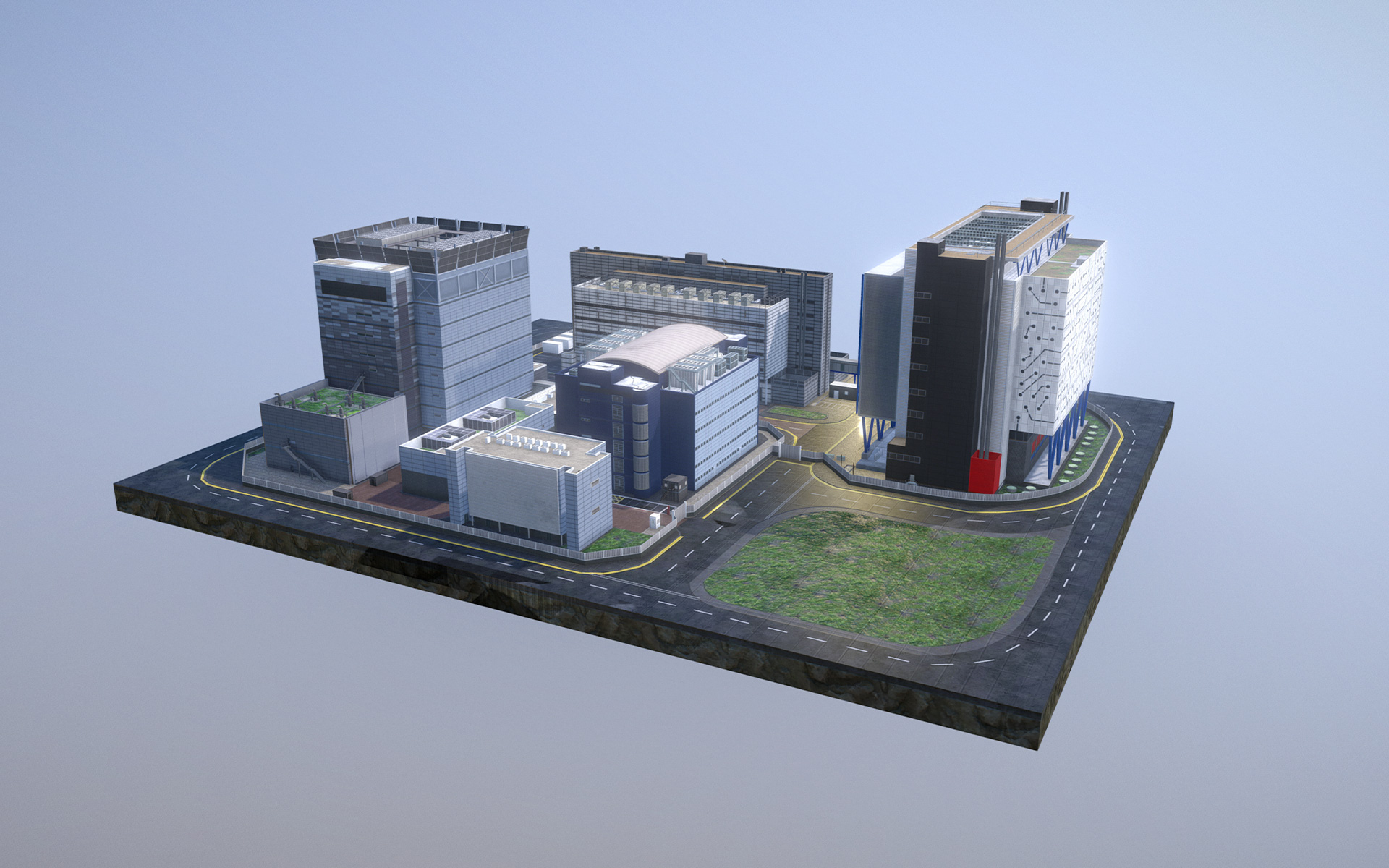 Selling complex installations across WebGL and VR
Selling complex installations across WebGL and VR Bringing history to life with 360 photospheres
Bringing history to life with 360 photospheres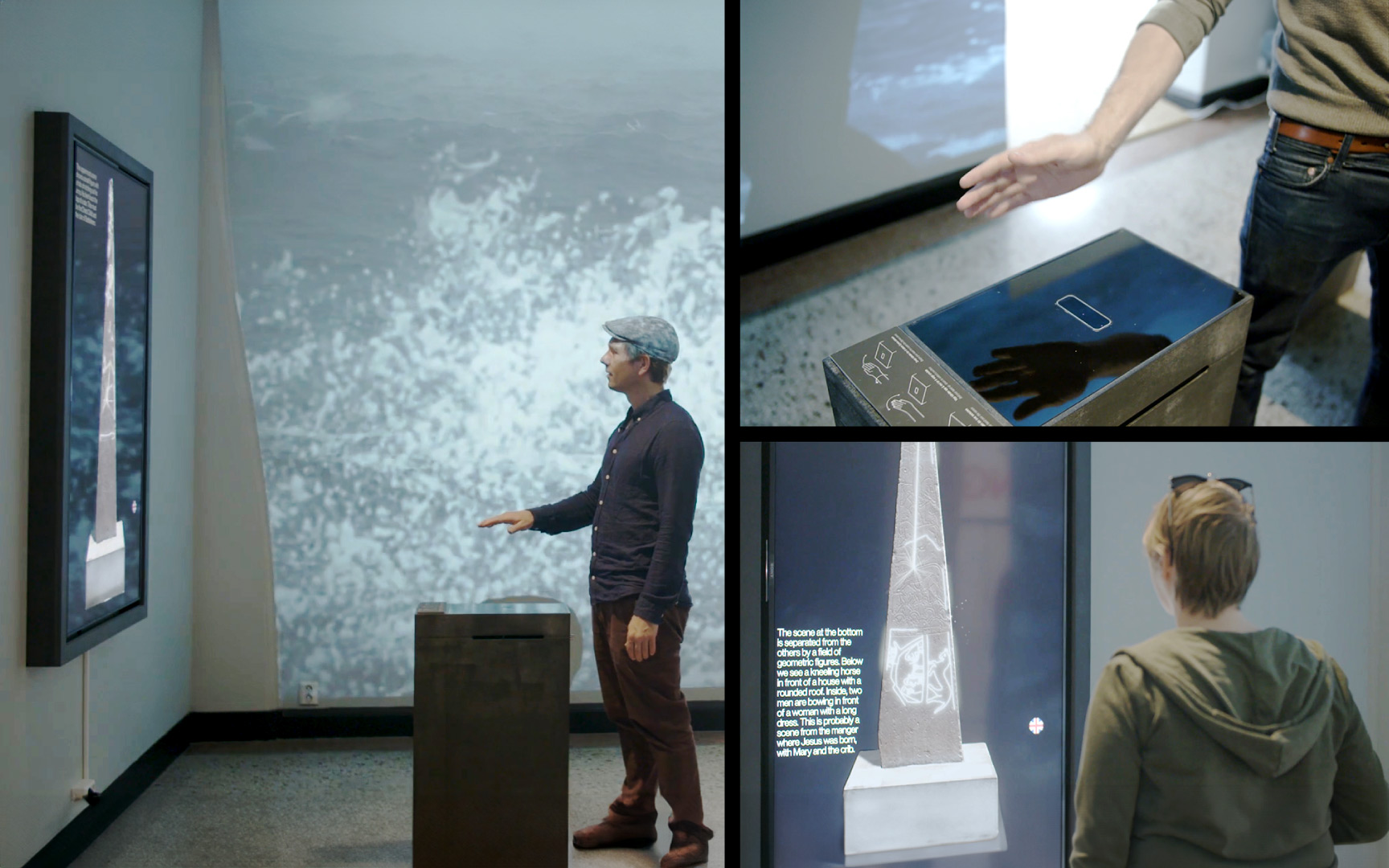 Digitizing hard to exhibit historical artifacts
Digitizing hard to exhibit historical artifacts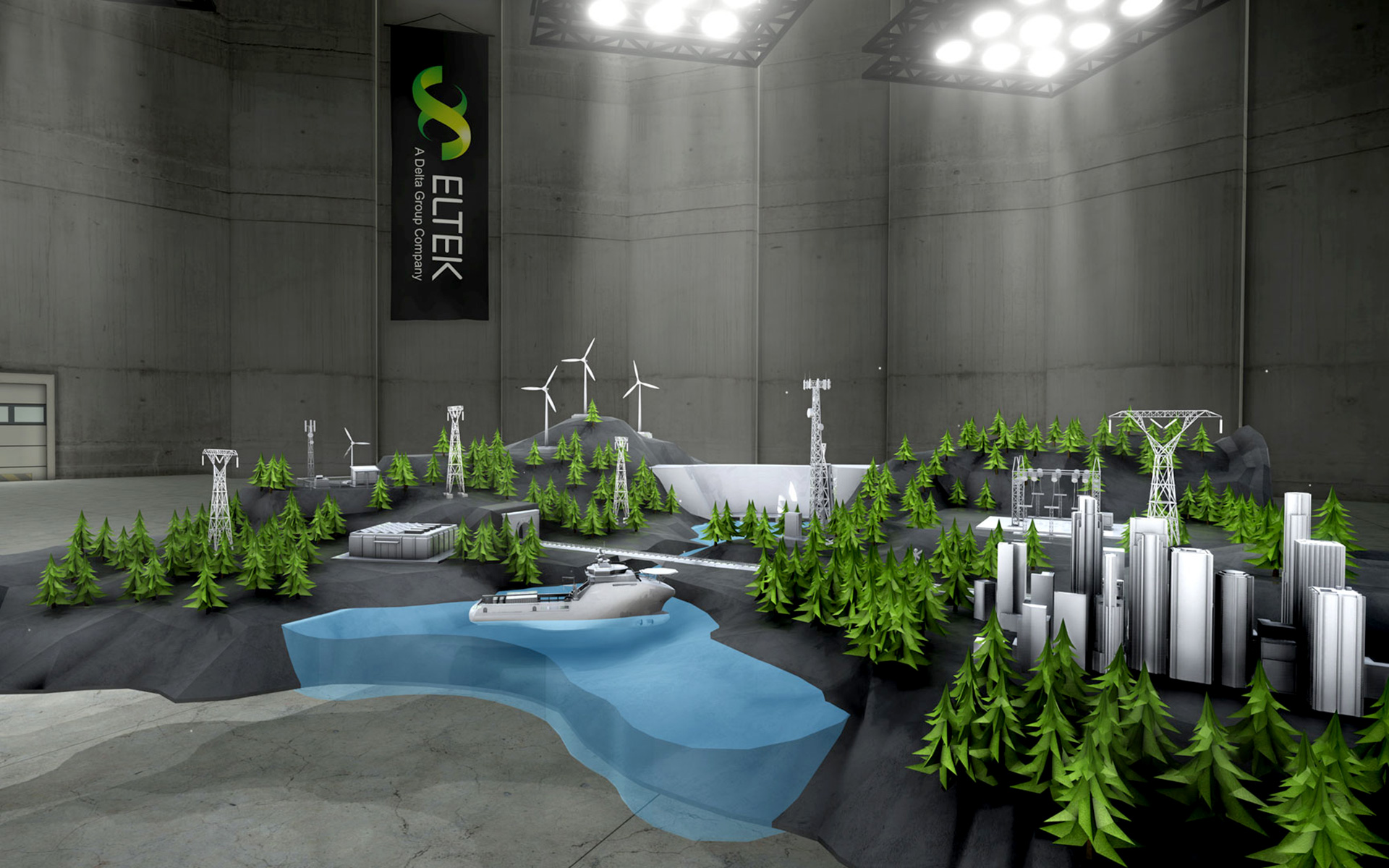 Creating an immersive product showroom
Creating an immersive product showroom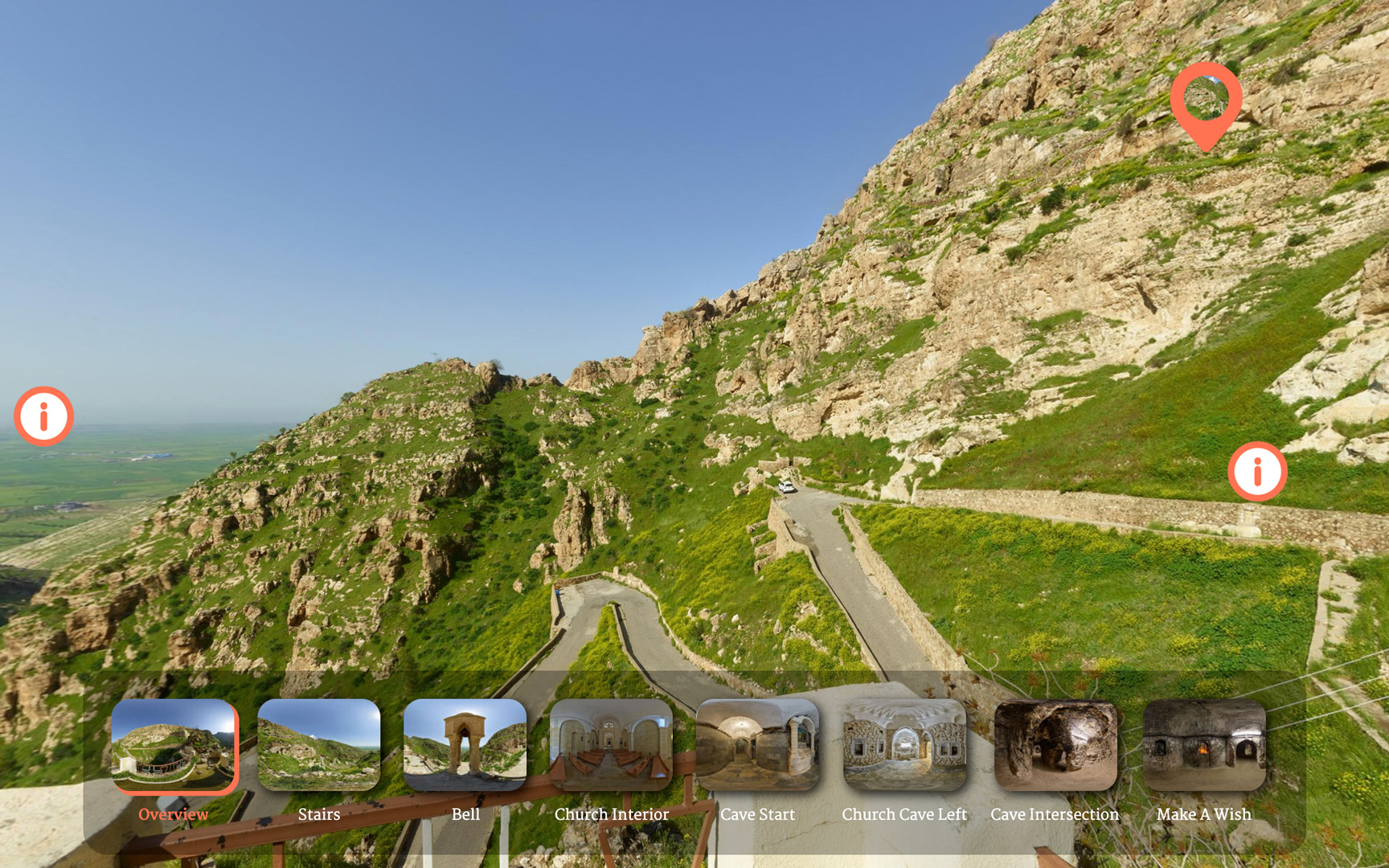 Creating interactive 360 heritage site tours for web
Creating interactive 360 heritage site tours for web